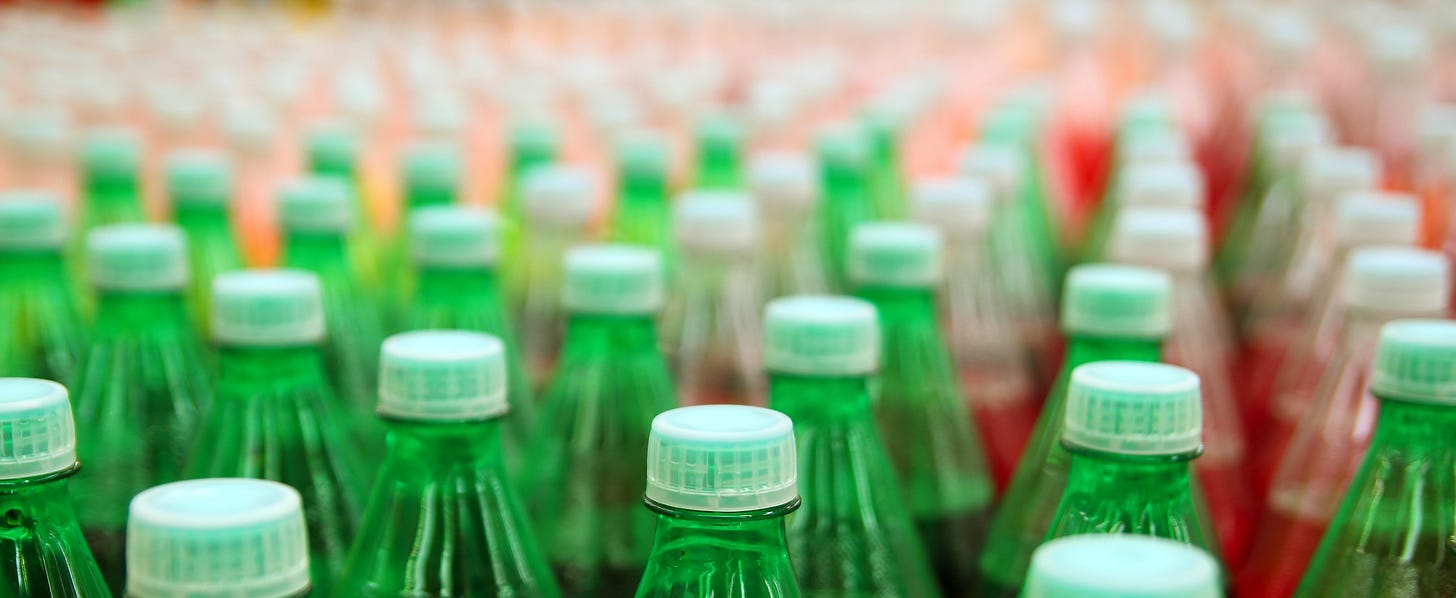How to Assess for Food Fraud in Packaging Materials
Supplement for paying subscribers
Table of Contents
Introduction
Vulnerabilities for food companies purchasing packaging materials
Vulnerabilities for packaging companies purchasing raw materials
Examples of packaging fraud
Mitigations
Checklist for vulnerability assessments
Resources and further reading
Introduction
In February, the Corporate Manager of Food Safety and Quality Assurance from a famous American turkey brand and a student in my food fraud prevention programs training, asked me how to approach packaging fraud in their supply chains.
Packaging fraud has not been widely studied, and to my knowledge, my company is the only food fraud organisation that tracks fraud in packaging materials (Check out the packaging list in our free database).
Packaging materials are likely to be susceptible to food fraud, although there is little information available. This estimate of susceptibility is based on the following factors:
packaging materials are unlikely to be tested for the purposes of fraud detection;
substitution of cheaper, low-grade raw materials for 'food-grade' materials such as resins and masterbatches would be both profitable and difficult to detect;
the cost of raw materials for packaging is rising;
the demand for post-consumer recycled resins far outstrips supply in many countries.
In this supplement for paying subscribers, I explain some of the possible vulnerabilities in packaging and share mitigation approaches and a checklist for performing vulnerability assessments.
Fraud in Packaging: Considerations for Food Companies
Food companies that operate food fraud prevention programs should include primary packaging materials in their vulnerability assessments.
Primary packaging materials are materials




